XNUMX. Countermeasures for crane inspection
As a widely used type of crane, cranes can improve workshop productivity.As a large-scale lifting equipment, its internal structure is very complicated, which requires attention to daily inspection and maintenance work, to find problems in crane inspection, and to propose relevant countermeasures. At the same time, it is necessary to strengthen management and workshop productivity.For example, a bridge crane is a lifting equipment that is horizontally framed over workshops, warehouses, and material yards for lifting materials.Because the two ends of the bridge crane are respectively seated on tall concrete columns or metal supports, similar to a bridge, it is named.The bridge of the bridge crane runs along the elevated tracks on both sides of the auxiliary equipment, and the plum elastic coupling hoists materials through the space under the bridge without being hindered by ground equipment and personnel.However, because the bridge crane is a large-scale construction equipment and the body is relatively tall, problems with any one of the parts will affect the operating efficiency of the entire bridge crane and cause hidden dangers.Although the production technology of today's bridge cranes has become more mature, some accidents have also occurred from time to time.This requires more attention to the inspection work of bridge cranes and regular inspection work.
In order to inspect the lifting machinery, after the construction and improvement of the inspection management system, the work quality of the inspectors should also be improved. ① The work of selecting and testing lifting machinery personnel should be strictly carried out, and the interviewers should be tested for monitoring and inspection technology and lifting machinery knowledge. ②After the selection of inspectors is over, the staff should be trained on relevant skills from time to time, and inspectors related to the inspection of lifting machinery and equipment can be carried out in accordance with the corresponding standards specified. ③The management personnel should organize assessments to check the knowledge of the staff from time to time. The equipment inspections should be carried out by the personnel with better assessment scores. The work quality of the inspectors can meet the relevant inspection requirements of the project for lifting machinery.In addition, the assessment should be carried out from the system knowledge of the inspection work and the actual operation of the monitoring work.
The development of the social economy has led to the widespread application of cranes. People’s production and life and many other fields are increasingly inseparable from the participation of cranes. The development of cranes has increased the construction speed of construction projects and improved the construction of construction projects. quality.However, the greater risk in operation is the inevitable drawbacks of hoisting machinery.Therefore, we should do a good job in the inspection of hoisting machinery, which plays an important role.Therefore, we should build and continuously improve the inspection management system of hoisting machinery, and increase the training of relevant personnel for inspection work, so that we can carry out the work of inspecting hoisting machinery.The management system should be established and perfected by the units that use cranes, and the cranes should be repaired in time so that the project can be carried out.
Hoisting machinery is widely used in various sectors of the national economy due to its working characteristics of clearance movement, variable load, frequent forward and reverse, alternate dynamic load, short-term repetition, and cycle cycle. It is an important link in realizing the modernization and automation of industrial processes.Plum blossom couplings are widely used because of their compact structure, maintenance-free, vibration absorption, compensation of radial and angular deviations, etc., which can cause damage to structural parts caused by resonance during frequent lifting and braking of lifting machinery. .In engineering practice, designers often determine the relevant parameters of plum couplings based on past experience or related standards, and the coefficients are generally larger, causing material waste.Therefore, there are stress characteristics analysis and structural optimization of the plum blossom coupling.
XNUMX. Brief introduction of rotor system misalignment fault
Rotor misalignment usually refers to the degree of inclination or deviation between the axis centers of two adjacent rotors and the center lines of the bearings.Rotor misalignment can be divided into coupling misalignment and bearing misalignment.
1. Types of rotor misalignment
The misalignment caused by the change of the relative position of the bearing centerline and the axis of the rotating shaft is called bearing misalignment.Bearing misalignment includes two situations: deflection angle misalignment and elevation change.The article on the coupling misalignment of the rotor system pointed out that the change of the relative position of the rotor and the bearing will produce additional bending moment, which will redistribute the bearing load, thereby affecting the stability of the entire shafting system.At present, self-aligning bearings are often used, and it is easy for the deflection angle of the bearing to be misaligned. In actual situations, the change in the elevation of the bearing position causes the bearing load to be redistributed, which affects the stability of the entire shafting system.
Large-scale rotating machinery usually consists of multiple rotors, each of which is connected by a coupling to form a shaft system to transmit motion and torque.Due to the installation error of the machine, thermal expansion under working conditions, deformation after load, and uneven settlement of the machine foundation, it may cause misalignment between the rotor axes when the machine is working. This misalignment failure is called a coupling Misalignment.The misalignment of the coupling will cause the angular velocity difference between the driven shaft and the driving shaft of the rotor system, and this difference will act as an excitation to cause the rotor to generate complex vibrations.Drum gear coupling misalignment can be divided into parallel misalignment, deflection angle misalignment and parallel deflection angle misalignment.
Most modern high-performance aero-engines use internal and external multi-rotor systems, and the more common one is a dual-rotor system structure.Compared with the single-rotor system structure, its working condition is more complicated.The rotor system of an aeroengine includes a low-pressure compressor rotor, a high-pressure compressor rotor, a stage I turbine rotor, a stage II turbine rotor, etc. These rotor systems are connected to each other through inter-shaft bearings or cones.Due to coupling errors, there will also be misalignment between the rotor systems.For single-span rotor systems, the main research is on bearing misalignment, and for multi-span tandem rotor systems, the main research is on coupling misalignment.For internal and external multi-rotor systems, the main research is the misalignment of the supporting bearing and the misalignment of the intermediate bearing.
2. Reasons for rotor misalignment
There are two main reasons for the misalignment of the rotor system: manufacturing errors, installation errors and other influences.
(1) Manufacturing error.During the machining of the coupling.Due to process or measurement, the end face is not perpendicular to the axis line or the center of the end face bolt hole is not concentric with the journal.In this case, an additional bending moment will be generated at the coupling, but the magnitude and direction of this bending moment do not change with time and operating conditions. It is only equivalent to applying an unbalanced force at the coupling, as a result Large first-order vibration is generated near the coupling, and it is easy to add a balance weight.
(2) Installation error and other influences.After eliminating the misalignment caused by machining errors, the misalignment can actually be divided into cold misalignment and hot misalignment.Among them, cold misalignment mainly refers to poor alignment caused by installation errors at room temperature; thermal misalignment refers to the misalignment of the unit due to factors such as temperature during operation. The main reasons are: uneven heating of the foundation; The thermal expansion and distortion of the components of the unit; the friction of the sliding surface and the wear of the guide key during the thermal expansion of the unit cause the bearing seat to tilt and sideways; due to the flexibility and uneven weight distribution of the rotor, the rotor produces original bending after installation. This affects the center; the foundation sinks unevenly.
3. Features of rotor misalignment
The main characteristics of the rotor misalignment fault are:
(1) Change the supporting load of the bearing, so that the oil film pressure of the bearing also changes, and the load is reduced, and the oil film instability may occur in the bearing;
(2) Large vibrations are often on the bearings on both sides of the misaligned gear coupling, and the vibration amplitude is related to the load of the rotor, which increases with the increase of the load;
(3) Parallel misalignment mainly causes radial runout. The vibration frequency is twice the fundamental frequency, and there are also multiple fundamental frequency vibrations. However, the main frequency is the double fundamental frequency and the double fundamental frequency. The more serious the misalignment, the double frequency The larger the proportion;
(4) When the coupling is misaligned, the axial vibration is large, the vibration frequency is doubled, and the vibration amplitude and phase are stable;
(5) The typical axis trajectory is banana-shaped with positive precession.
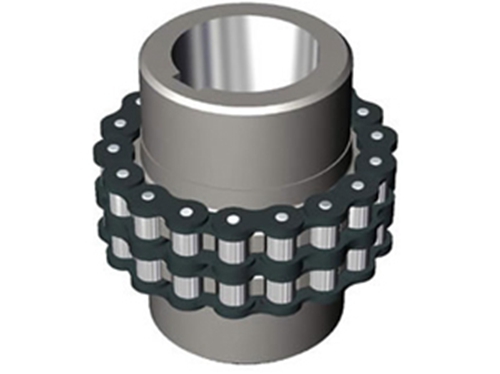 GL type roller chain couplingThe GL type roller chain coupling has a simple structure (composed of four pieces), convenient assembly and disassembly, and does not...
GL type roller chain couplingThe GL type roller chain coupling has a simple structure (composed of four pieces), convenient assembly and disassembly, and does not...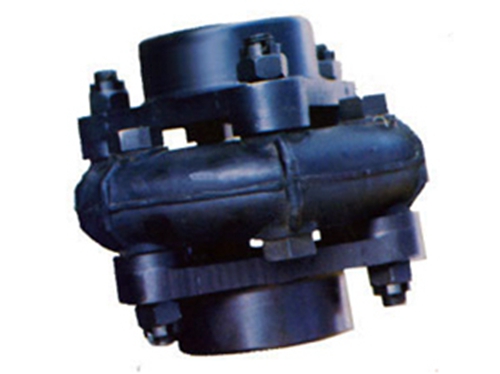 DL polygonal rubber couplingDL Polygonal Rubber Coupling is made of rubber material, made into a 6-angle (or octagonal) shape with a circular cross-section...
DL polygonal rubber couplingDL Polygonal Rubber Coupling is made of rubber material, made into a 6-angle (or octagonal) shape with a circular cross-section...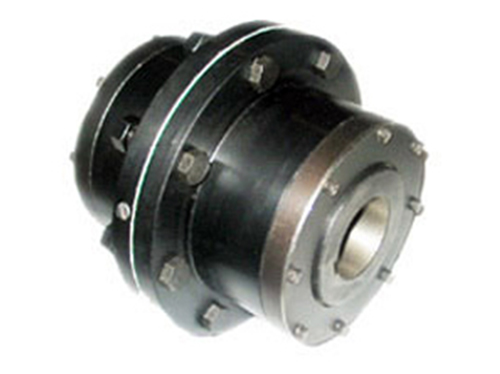 CL type gear couplingCL type gear coupling is a removable rigid coupling, consisting of two housings with internal teeth and two...
CL type gear couplingCL type gear coupling is a removable rigid coupling, consisting of two housings with internal teeth and two...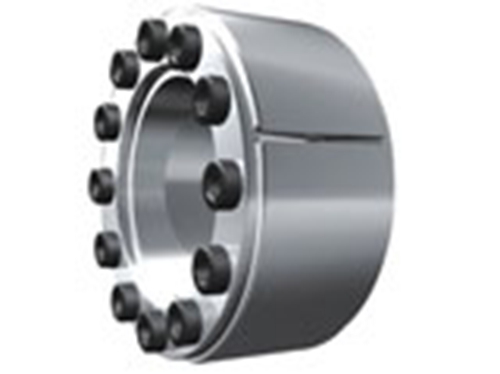 Z18 type expansion joint sleeveThe Z18 type expansion coupling sleeve is our company's excellent quality product, which is widely used in machinery under heavy load...
Z18 type expansion joint sleeveThe Z18 type expansion coupling sleeve is our company's excellent quality product, which is widely used in machinery under heavy load...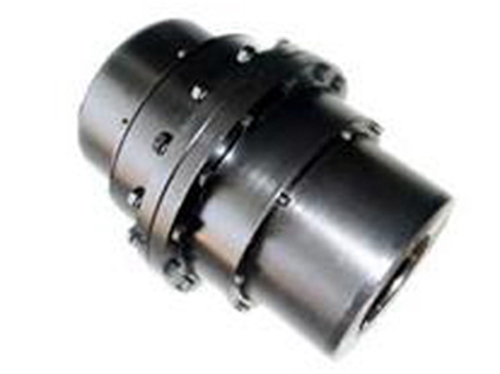 GⅡCL drum gear couplingDue to the angular compensation of the GⅡCL drum gear coupling, the angular compensation of the drum gear coupling is greater than that of the straight gear coupling...
GⅡCL drum gear couplingDue to the angular compensation of the GⅡCL drum gear coupling, the angular compensation of the drum gear coupling is greater than that of the straight gear coupling...